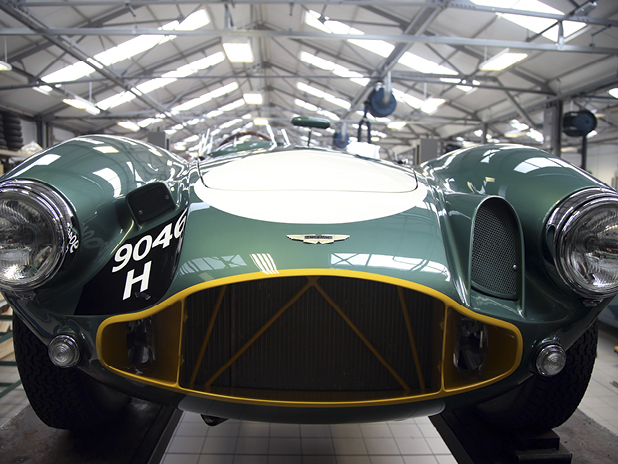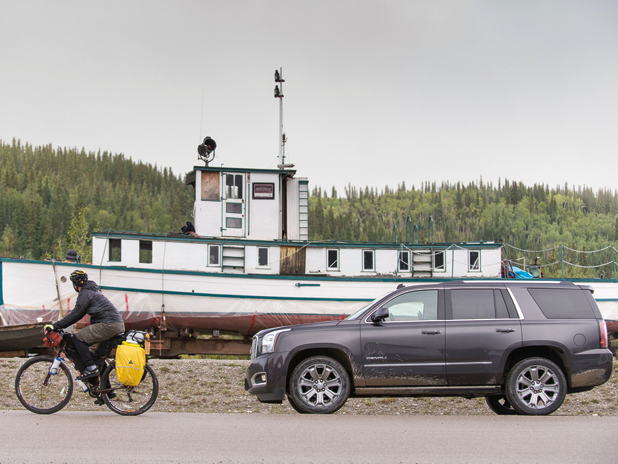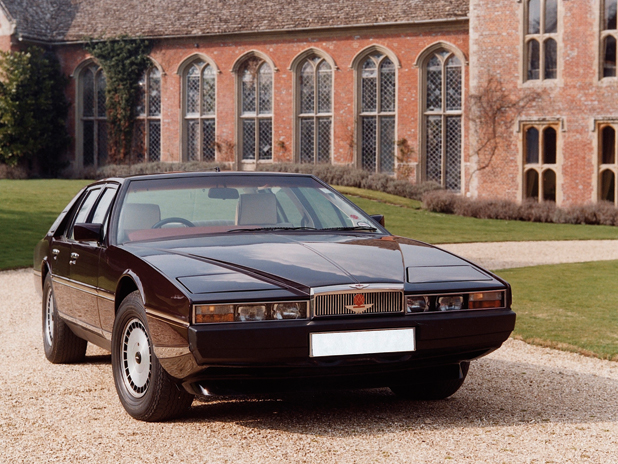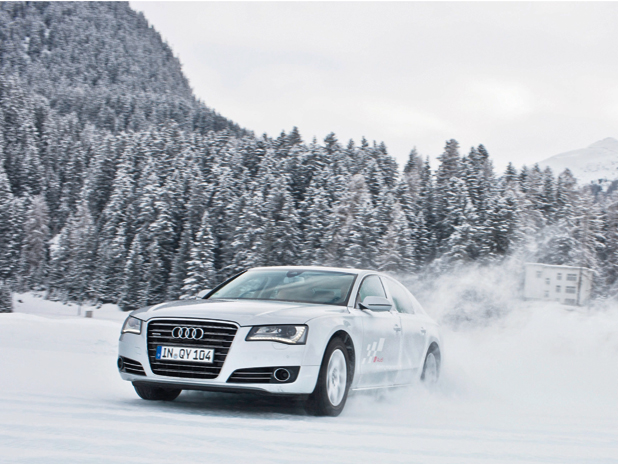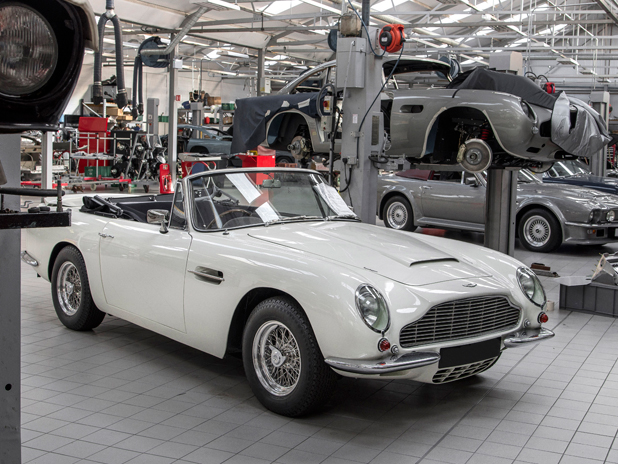Three Ways to Love Your Car
More than status, more than identity, more than anything else, cars represent freedom and possibility. And adrenaline and joy and even fear. They are vehicles for experience and adventure. While we will always admire a well-made automobile, in the end, it’s not really about the car, it’s what you choose to do with it that matters. Here are three experiences you need to choose as soon as possible.
Specs:
Engine: 3.0-Litre Straight-6
Power: 210 HP
Gearbox: 4-Speed Manual
Price: $5-7 million
